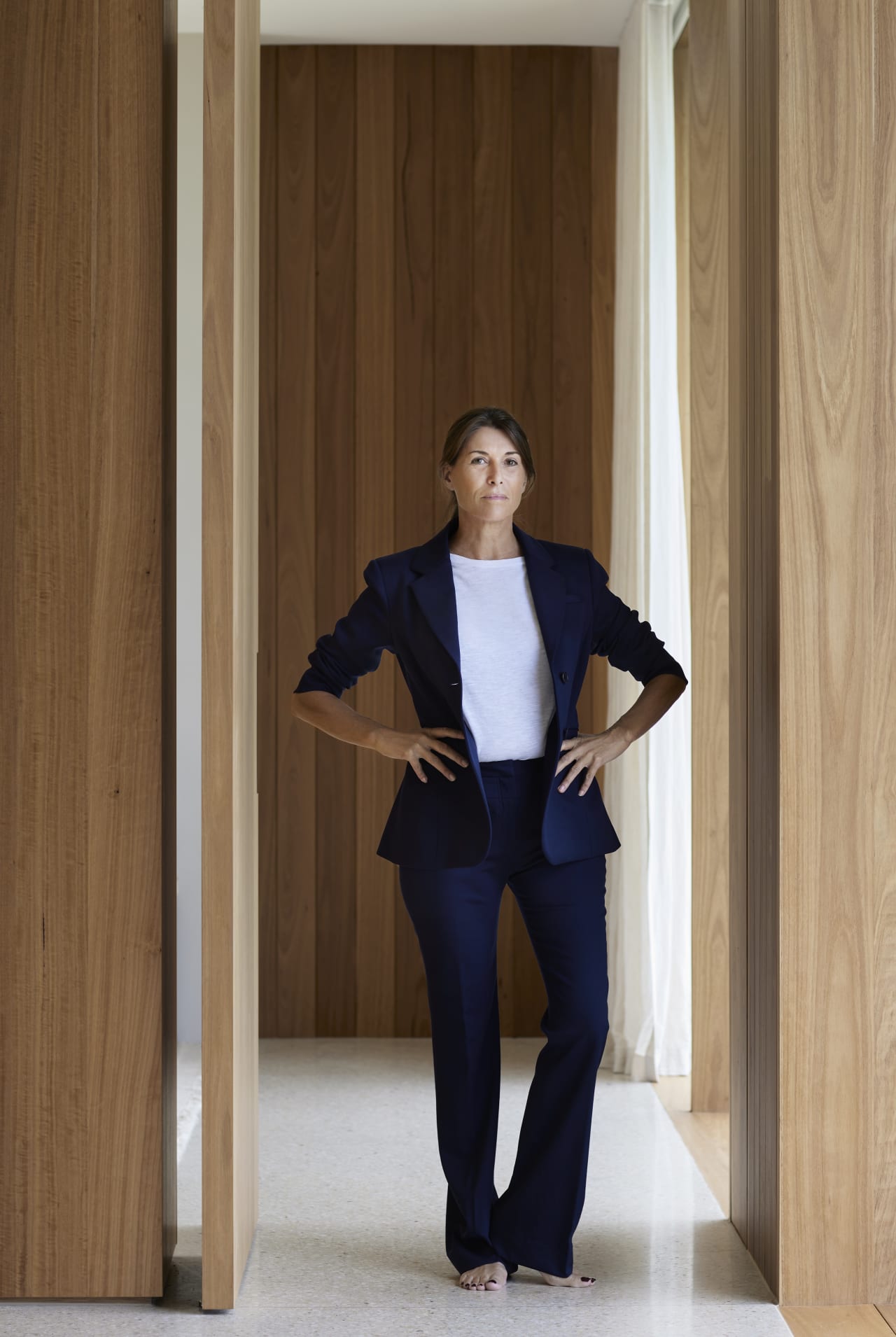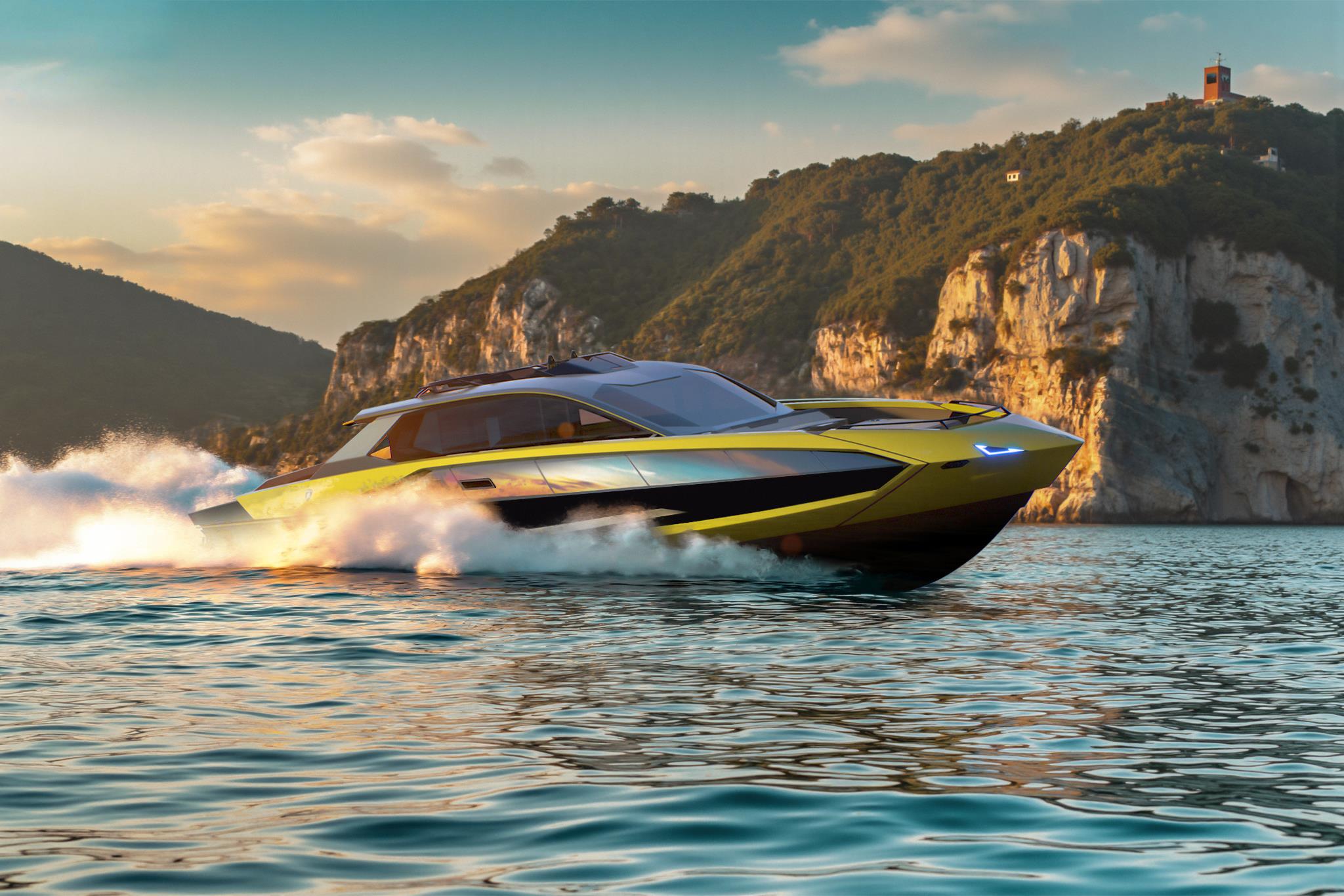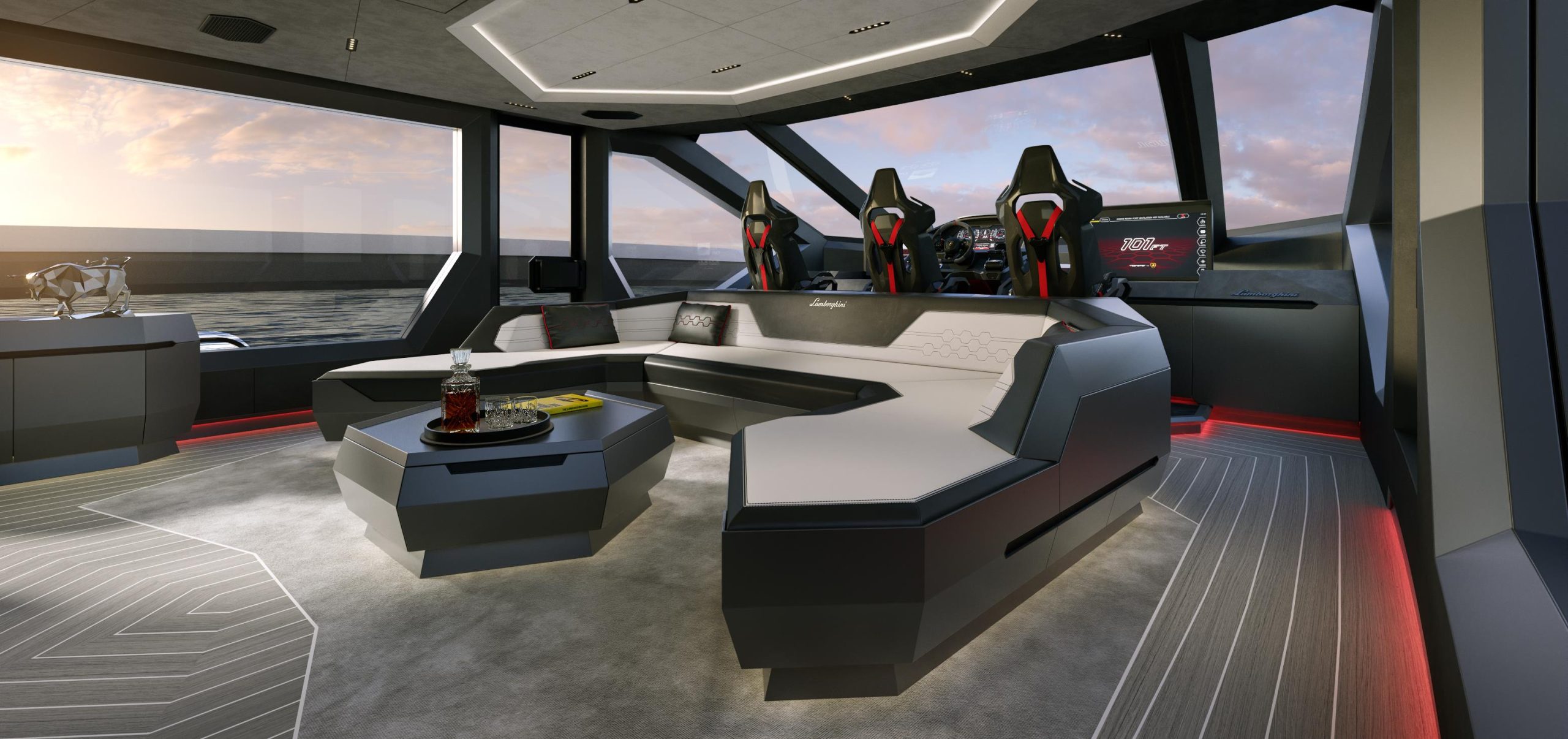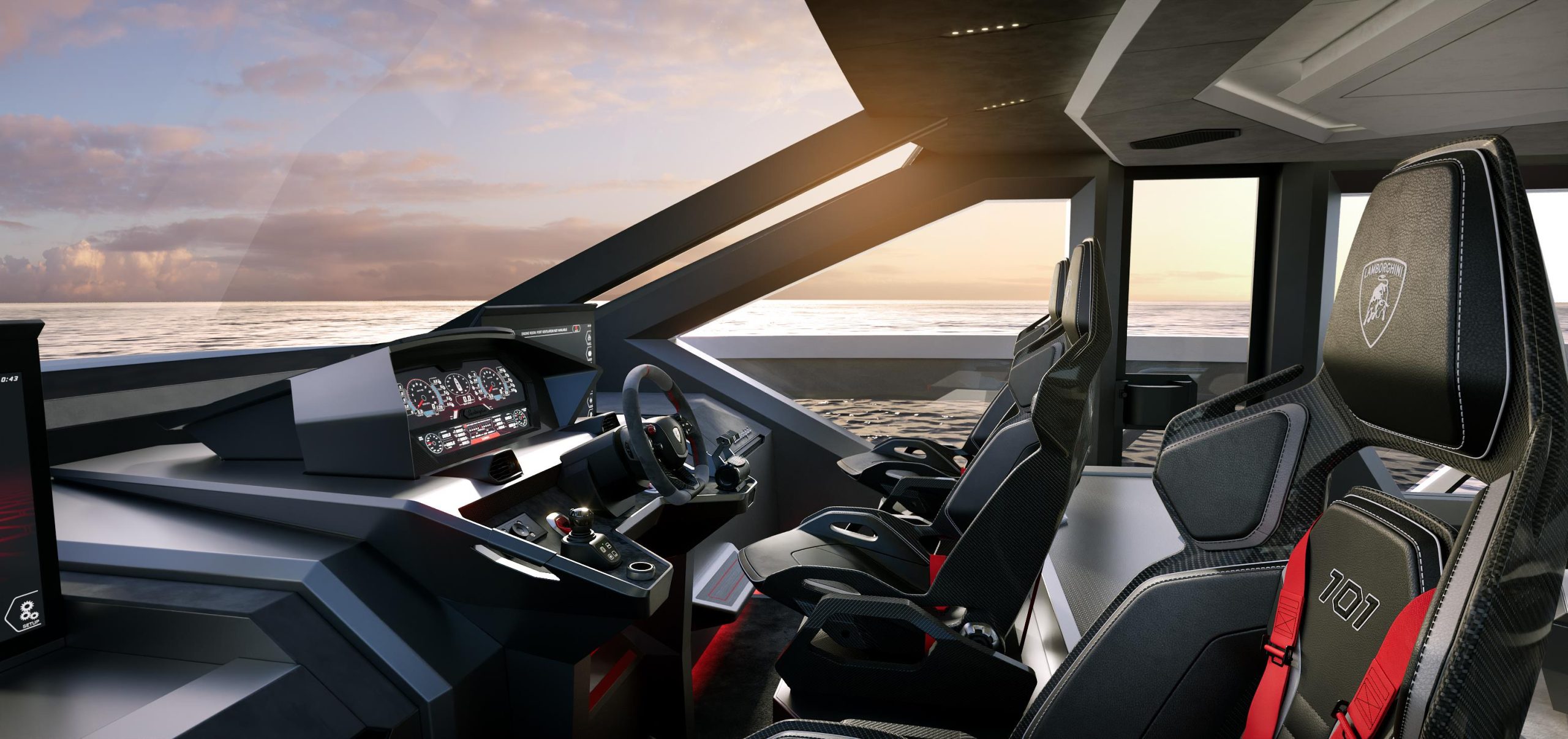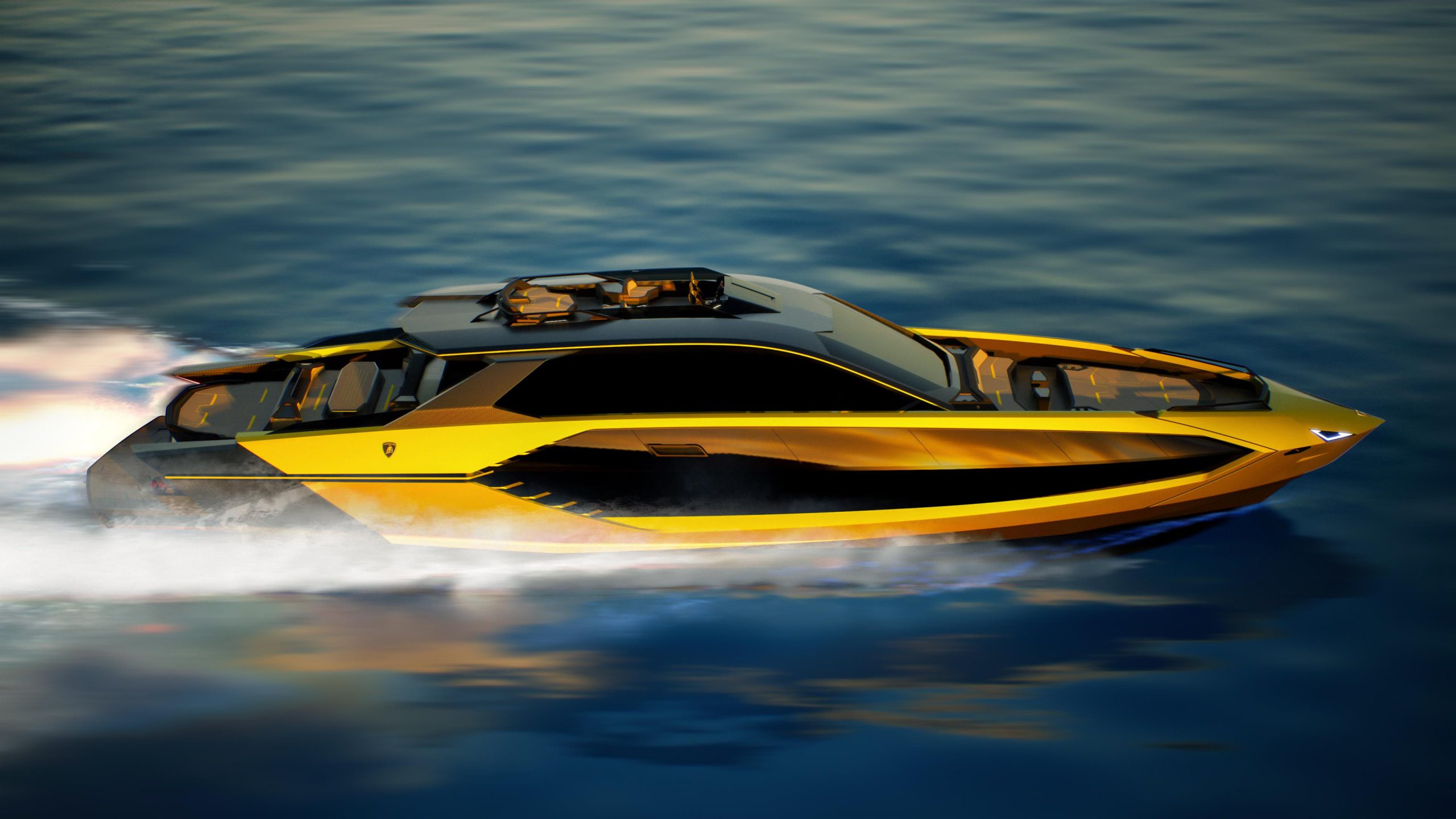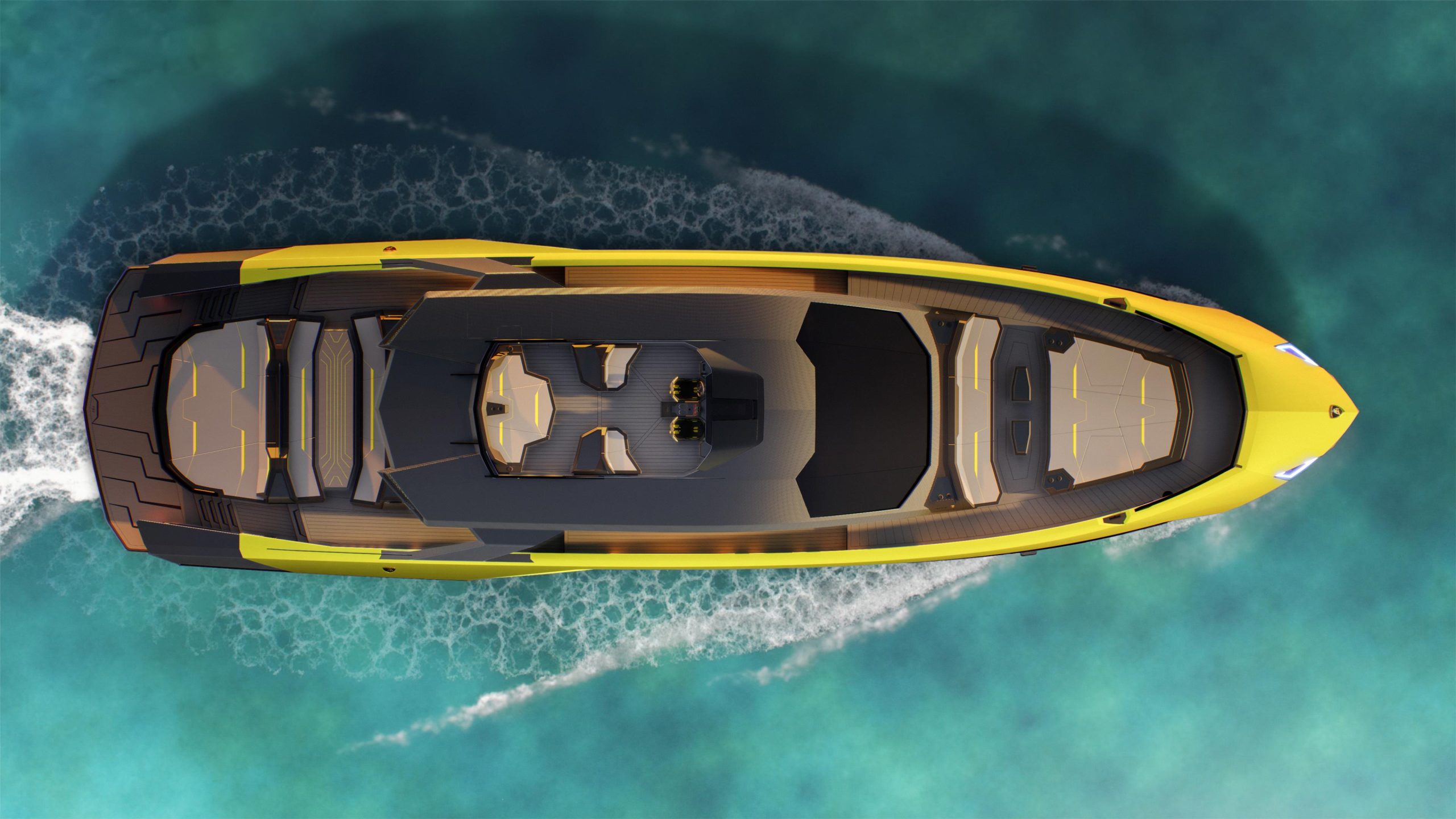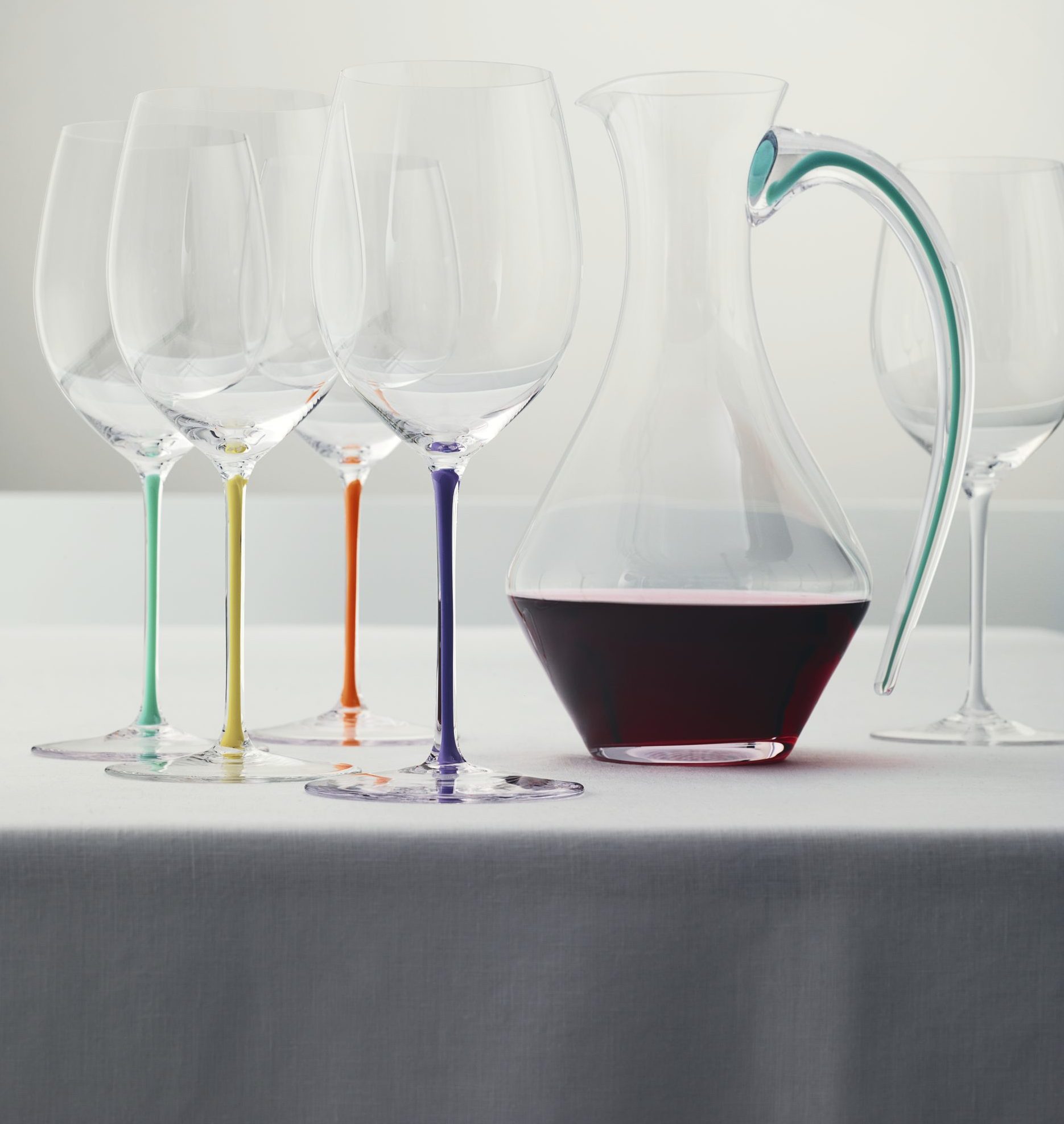‘Lighting Is as Important as the Architecture,’ Says Designer Nicci Kavals
One of the leading luminaries in the world of lighting design, Nicci Kavals actually started her career as a chef, relocating to cook at a restaurant on the Greek island of Naxos, before she moved to Paris to work as a food stylist for the magazine Votre Beauté.
“My experiences as a food stylist taught me the process of reduction and simplification,” she says. “What remains—whether on the plate or more broadly in design—needs to have purpose and relevance, even if its significance is hard to articulate.”
Kavals eventually returned to her native Australia, working as Melbourne editor at Vogue Entertaining + Travel magazine, and then as a homewares and hard goods product designer for the lifestyle brand Country Road, before she ultimately established Articolo Architectural Lighting in Melbourne just over a decade ago.
“I felt there was a gap in the market for superbly designed artisanal lighting that was unique, sculptural, detailed yet timeless,” she says.
Now, with showrooms in Melbourne and New York City, Articolo has designed artisanal lighting for Nobu Restaurants, the Museum of Applied Arts in Budapest, the Tiffany & Co. flagship store on Fifth Avenue, and residential clients including Robert Downey Jr.
The company relies on artisanal workmanship, Kavals says. “Each of our pieces embodies their expertise.”
Articolo has steadily expanded its global presence, having made its European debut at Salone del Mobile Milan in 2019. The company reached a pair of milestones last year, as Kavals unveiled a new identity and rebranded the company as Articolo Studios—reflecting its evolution into a luxury lifestyle brand—while opening its North American flagship showroom in an elegant, gallery-like space with soaring ceilings across from New York’s Madison Square Park.

Eric Petschec
As her designs evolve, Kavals acknowledges the need to stay ahead of ever-advancing technologies. Last year, Articolo launched its first tuneable white light source known to restore the body’s circadian rhythm in a decorative fitting.
In April during Milan Design Week, the company introduced Articolo Home, a capsule collection of small-scale furniture pieces. And last month, the company launched rechargeable lighting.
Kavals, 68, recently spoke with Penta from her home in Melbourne where she lives with husband, Vic Kavals, also co-founder and director of Articolo Studios.
Penta : Among design elements, how important is lighting?
Nicci Kavals: It can change our perspective on how we view and appreciate the space around us—lighting is as important as the architecture, the interior design and finishes and the furniture selection. Lighting provides the soul to a space. It often provides a moment of awe, where you are moved by something beautiful.
How much of a difference does bespoke decorative lighting make?
When each fixture is purposely selected to enhance the space with shadow play of light, there is a sense of atmosphere and soul—the animation of light dances within the space, patterns and striations casting movement, layering, and providing depth. I love the notion of moving through a space and happening upon a beautiful fixture or light, which is more like artwork and makes you stop, pause, and exhale, where you take in that moment of beauty and then move on.
How do you describe your process?
I have a huge library or body of designs that I am continuously working through and refining. I tend to mull over them endlessly to perfect them before being ready to take them to market. We like to explore and experiment with new materials. … It’s important that each design reflects the many hands that have produced it, celebrating the craftsmen and -women whose skill and talent I deeply respect. It’s the human element that in many ways we’re losing through mass production—I strongly believe there’s no substitute for the handmade.
Where do you look for inspiration?
To express myself creatively through the play of light and shade is a genuine gift. I find inspiration everywhere I go; from the washed, bleached colors of Marrakech and Mexico to the architectural detail found in minimalist Japan. I love to explore the local crafts, and pore over the work of local artisans of different lands. The Japanese are exceptionally talented in porcelain, whilst the Mexicans are experts in beading, embroidery, and silver.
How would you describe your progression from an Australian firm to a global one?
At the time of starting Articolo in 2012, designing and manufacturing lighting in Australia was quite uncommon, with most of the high-end decorative lighting coming out of Europe and the U.S. In the beginning, my knowledge of lighting was minimal—which in hindsight, was perhaps a blessing as I may never have embarked on this journey had I been aware of the challenges. As I don’t come from a lighting background, I’ve found that I’m not restricted by a traditional approach. As we expanded globally, we had the option to expand into Europe or the U.S. I have always been drawn to a European design sensibility that celebrates craftsmanship, timelessness, and the artisanal. However, knowing that the U.S. was the harder option, we went in that direction as we never make the easy decision and have challenged ourselves at every turn to be better and improve constantly. This was a completely new ball game for us—certification standards to comply are vastly different in the U.S. than the rest of the world.
What does the future hold for your field?
Embracing cutting-edge technologies can elevate the functionality and aesthetics of luxury lighting. Integration with smart-home systems, customisable lighting experiences, and the use of innovative materials and finishes can provide clients with a truly unique and immersive experience. I expect to see a surge in demand for intelligent lighting solutions, and I am optimistic about the potential for transformative advancements in this area. While technology is crucial, I also value the artistry and craftsmanship that goes into creating luxury lighting pieces. I hope to see a continued appreciation for handmade, artisanal designs that showcase the skills of talented craftsmen. Balancing traditional craftsmanship with modern design sensibilities can result in timeless pieces that stand out in the market.
This interview has been edited for length and clarity.
 Copyright 2020, Dow Jones & Company, Inc. All Rights Reserved Worldwide. LEARN MORE
Copyright 2020, Dow Jones & Company, Inc. All Rights Reserved Worldwide. LEARN MORE
A divide has opened in the tech job market between those with artificial-intelligence skills and everyone else.
A 30-metre masterpiece unveiled in Monaco brings Lamborghini’s supercar drama to the high seas, powered by 7,600 horsepower and unmistakable Italian design.
A 30-metre masterpiece unveiled in Monaco brings Lamborghini’s supercar drama to the high seas, powered by 7,600 horsepower and unmistakable Italian design.
When Lamborghini takes to the water, subtlety isn’t on the agenda. Unveiled at the Monaco Yacht Show, the Tecnomar for Lamborghini 101FT is a 30-metre superyacht that fuses Italian automotive theatre with cutting-edge naval engineering.
The model builds on the collaboration that began in 2020 with the Tecnomar for Lamborghini 63, a sell-out success that celebrated the marque’s founding year.
This new flagship pushes the partnership between Automobili Lamborghini and The Italian Sea Group to a grander scale, designed to deliver the same adrenaline rush at sea that drivers expect behind the wheel.
“The Tecnomar for Lamborghini 101FT redefines the concept of nautical luxury,” said Stephan Winkelmann, Chairman and CEO of Automobili Lamborghini.
“It is not only a yacht, but an affirmation of Italian excellence. The Italian Sea Group and Automobili Lamborghini share an exclusive clientele who are passionate about beauty, technology, and extreme performance.”
Design cues are unmistakably Lamborghini. The yacht’s sharp exterior lines echo the Fenomeno supercar revealed at Monterey Car Week, complete with Giallo Crius launch livery and signature Y-shaped lighting.
Inside, the cockpit and lounges mirror the DNA of Sant’Agata supercars through hexagonal motifs, sculptural seating and dramatic contrasts. With accommodation for up to nine guests and three crew cabins, indulgence meets practicality on every deck.
Performance is equally uncompromising. Three MTU 16V 2000 M96L engines and triple surface propellers generate a combined 7,600 horsepower, driving the yacht to 45 knots at full throttle, with a cruising speed of 35 knots. Two 35 kW generators provide additional efficiency and reliability, ensuring the yacht’s power matches its presence.
Mitja Borkert, Lamborghini’s Design Director, said: “With the Tecnomar for Lamborghini 101FT, we aimed to create a product that embodies the main design characteristics of our super sports cars. All the details, from the exterior to the colour, to the interior areas, recall and are inspired by Lamborghini’s DNA.”
Presented in scale at Monaco, the definitive Tecnomar for Lamborghini 101FT is scheduled to hit the water at the end of 2027. For those who demand their indulgence measured not only in metres but in knots, this is Lamborghini’s most extravagant expression yet.
By improving sluggish performance or replacing a broken screen, you can make your old iPhone feel new agai
A 30-metre masterpiece unveiled in Monaco brings Lamborghini’s supercar drama to the high seas, powered by 7,600 horsepower and unmistakable Italian design.









